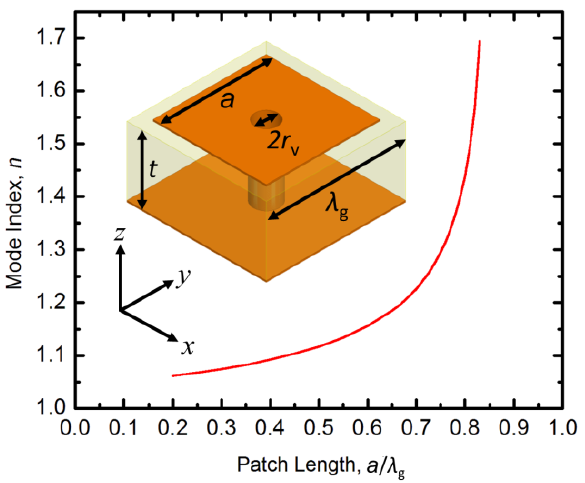 Menu
Menu
QUEST PhD Student wins best poster prize at NanoMeta’13
Joe Dockrey was the recipient of the best poster prize at the recent NanoMeta’13 conference in Austria, for his poster titled “Thin Metamaterial Luneburg Lens for Surface Waves”.
A Luneburg lens is a device that allows incoming plane waves to be focussed to a point or, conversely, converts out-going waves from a point source to plane waves. By patterning a metasurface, the phase velocity of surface waves may be manipulated. In this paper, a low loss, thin (1/14th of the free space wavelength), omnidirectional surface-wave Luneburg lens was fabricated and characterised at microwave frequencies. Surface waves were excited using a point source on the perimeter of the lens and observed to exit the opposite side of the lens as planar wave-fronts. The electric field profile of the surface wave is mapped out experimentally and compared to simulations.
The metamaterial sample consisted of an array of Sievenpiper ‘mushrooms’. Each unit cell (see inset of Fig. 1) is a metallic patch connected to a closely spaced ground plane, by a centrally located, conducting via. The array provides the boundary condition to support transverse magnetic (TM) surface waves below its lowest order resonance.
Transformation optics provides the ‘recipe’ to design devices via a variation of mode index spatially across the surface. The patch side length of the ‘mushroom’ elements is varied to modify the mode index of the surface wave supported. The surface mode dispersion is calculated from numerical simulations of infinite arrays of identical ‘mushroom’ elements. The distance of each element from the centre of the lens determines the required mode index, according to the mode index profile for the Luneburg lens (Fig. 1, red curve). This mode index value is then mapped to the corresponding patch length.

Fig 1. Surface wave mode index profile for a Luneburg lens, with the “mushroom” unit cell structure (inset).
